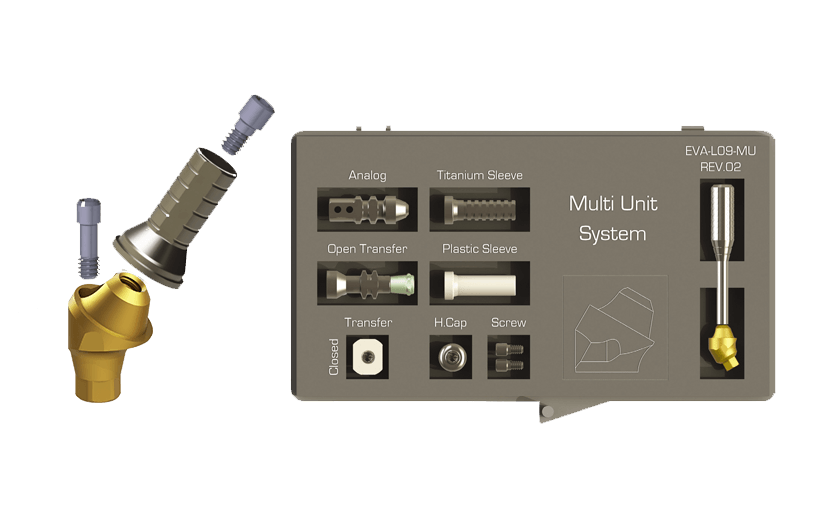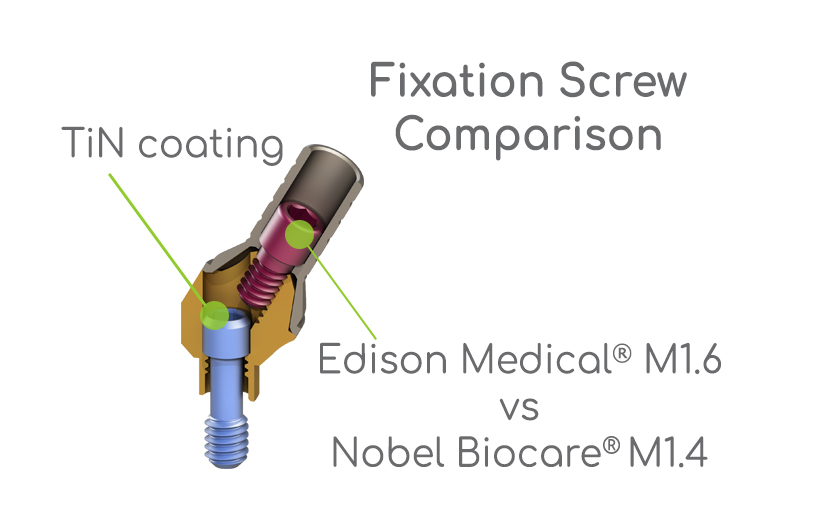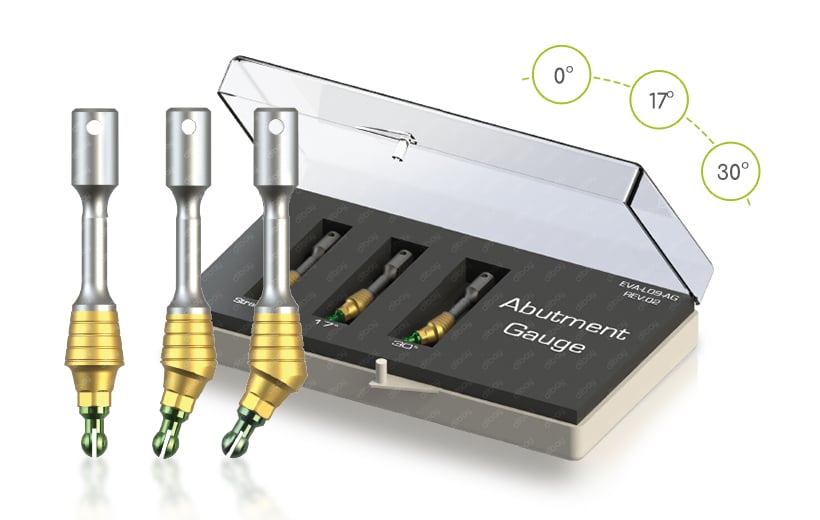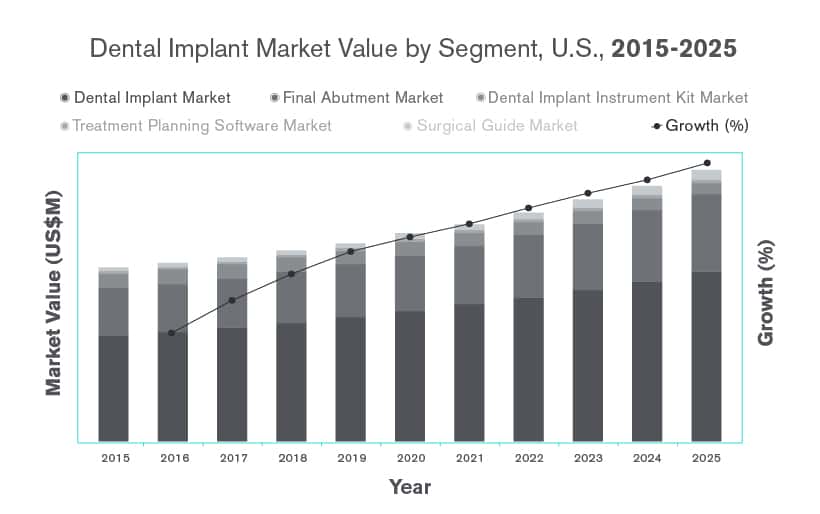
Here at Edison Medical™ we are proudly launching our new Premium Multi-Unit Abutments. How do our abutments vary from those of Nobel Biocare®, one of the most popular companies? Great questions! So here are two significant examples of the improvements we’ve made.
How do our abutments vary from those of Nobel Biocare®, one of the most popular companies? Great questions! So here are two significant examples of the improvements we’ve made.
First off the bat, we have improved the fixation screws. The original Nobel Biocare® fixation screws are M1.4 while our newly improved fixation screws are M1.6 What this essentially means is that by increasing the diameter of our fixation screws, we are offering a wider, stronger and longer lasting product that does not easily break and require more frequent replacing which tend to occur with the M1.4 Nobel Biocare® fixation screws.
By improving our fixation screws, you can continue to use all the compatible Multi Unit® accessories from Nobel Active® and Replace Select® ( as we have the same cone size), while using our new and improved fixation screws without the hassle and unwanted breaking factor in the short or long term.
Another feature we have improved in our Multi Unit Abutments are their TiN coating that is achieved through the process of PVD. The TiN (Titanium Nitride) coating offers better resistance to abrasions, risk of screws loosening and joint stability than that of the titanium coating. It is with these fine changes that have been made to our Premium Multi Unit® Abutments, we are confident that you are looking at a new game changer.
Conclusion:
- Clicq™ Multi Unit screw is 30% Stronger
- 20-25 NCM for Clicq™ Sleeve Fixation Screw! VS 15 NCM for Nobel Biocare® Screw
We kindly invite you to visit our website to enjoy these new products which will change the way you have been experiencing Multi Unit® Abutments up till now.

The Ancient Ancestors of the Multi-Unit® Abutments
Multi-Units® (aka ‘dentures’ as they were known back in the day) Have been around since the early 1700s. Since then, like many other medical aspects, ‘dentures’ have made leaps and strides as far as the way they look, the materials they consist of, their longevity and the way in which patients experience them.
One of the first cases of these ‘ancient multi-units® were found in Italy which consisted of animal (ivory from elephants, walruses and hippos included) or human teeth. Only issue with these prosthetics were their ability to easily deteriorate over a short period of time. Nonetheless, these were the most popular until the mid 1800s.
Dentures became more and more popular as there were diet changes once sugar became more popular, contributing to rapid tooth decay.
One of the more famous individuals to ‘sport’ a denture was first US President, Mr.Washington. It was believed that George Washington’s teeth were made of wood. Despite popular belief, this was false (like his teeth), he had one of the more finest quality dentures of the time which were made of hippopotamus ivory, along with human, donkey and horse teeth.
In 1774 the first version of porcelain dentures were introduced but Mr.Duchâteau. They had a few issues as they chipped rather easily and they were ‘too’ white complexion was anything but convincing. The battle of Waterloo in 1815 brought with it another option for dentures in the form of ‘Waterloo Teeth’ that were extracted from the bodies of dead soldiers and repurposed for those requiring dentures.
Since the battle of Waterloo, dentures have taken many forms, from many materials including porcelain on gold plates, Vulcanite, acrylic resin and other forms of plastics. Today dentures, or more commonly known as Multi Units® are at the leading forefront of technology and far more effective in forms of materials, construction and longevity.











